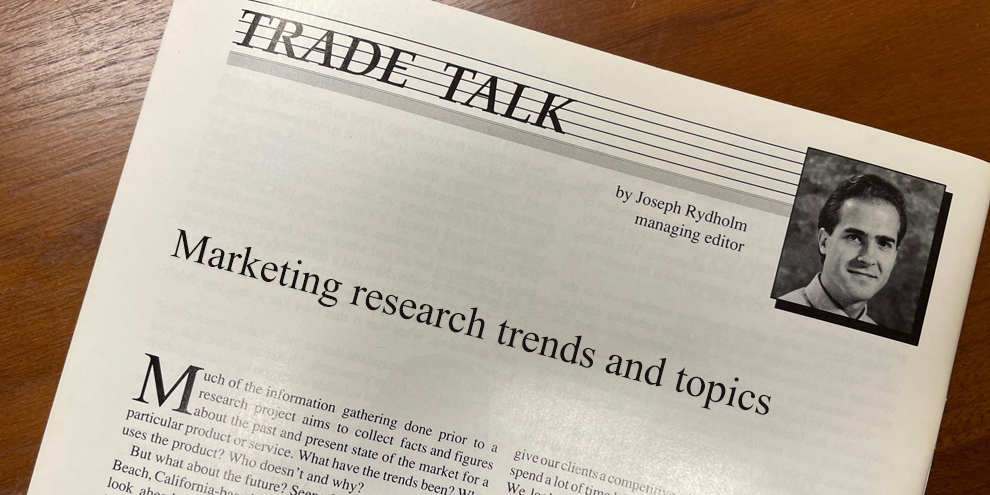Along with its many activities on behalf of the savings institution industry - from lobbying, economic analysis, and legal consulting - the United States League of Savings Institutions, a trade organization founded in 1892, also provides its members with extensive industry research. One part of that effort is the annual Purchasing Study sponsored by Savings Institutions magazine, the League's publication for its members.
Performed since 1972, the study examines the use of various products and service in four areas: management, lending, savings/checking, and data processing. In each of the areas, respondents provide purchasing histories and predictions for future purchasing for the products and services.
For example, the report on Savings/Checking looks at the level of use of ATMs, and which institutions offer passbook and/or statement savings accounts, etc. The Lending report examines the number of institutions that currently offer or plan to offer education loans, bi-weekly mortgage loans; those that issue credit cards, either as an issuer or as an agent; and the types of real estate owned by property type.
Many uses
The study has many uses - as material for Savings Institutions articles, U.S. League clinics and seminars, and as a reference source for many financial institutions - but Glenn Tourville, assistant marketing director, Savings Institutions, says that the survey was created to provide Savings Institutions advertisers with detailed, quantitative information on the market.
"It's also very valuable to our advertising sales representatives because it gives them information on several aspects of the market that they can pass on to advertisers. It's sort of the GNP of the savings and loan industry."
The results of the latest study, the 1988-89 year, are based on 1760 interviews with institution managers who are directly responsible for the institution's operations in the four areas surveyed. Interviews were conducted with 440 respondents for each of the four sections, and those segments were broken down by the assets of each institution.
More detail
Tourville says that though some of the information contained in the Purchasing Study may also be found in other sources, such as government reports, the study offers more detail than those sources while providing users with a broad overview of the industry.
"What's odd about this business is that there are many comprehensive dollar figures available for the industry, but they're not very detailed. Our study supplements that information. Other surveys may do an in-depth analysis of a very narrow topic, but that's all they do. We cover a wide range of
products and services."
The services covered in the study change from year to year as the industry changes. Tourville says users also request areas they would like to see examined. "We'll notice just by the types of phone calls we're getting and the types of advertising we're seeing elsewhere that something is becoming a hot topic."
An example of such a topic is facilities management, where an outside firm will buy an institution's data processing equipment, hire its data processing employees, and charge the institution a monthly fee to handle its data processing.
"We began to see a sprinkling of ads about it, and we had requests from advertisers for information on it in a study a couple of years ago. We also saw that the number of S&Ls who were going the facilities management route was still small, but it was doubling every year."
Jack Davis, president, Hagen Marketing Systems, uses the study to keep his client, Computer Power, a mortgage servicing company, up-to-date on market trends.
"I use the study because it's timely and accurate. They do the leg work and present the data in a form we can use and understand. I use a lot of secondary data from a variety of sources to keep my client abreast of early indicators that show potential changes in market direction. It's important from a competitive point of view and from a research point of view to get that data as soon as possible.
"(Computer Power) is involved in residential mortgage originations, and the study's trend data shows us over time what's going on in the various segments of that market. As the thrift industry goes through all its changes, it's important for us to have a way to monitor those changes."
